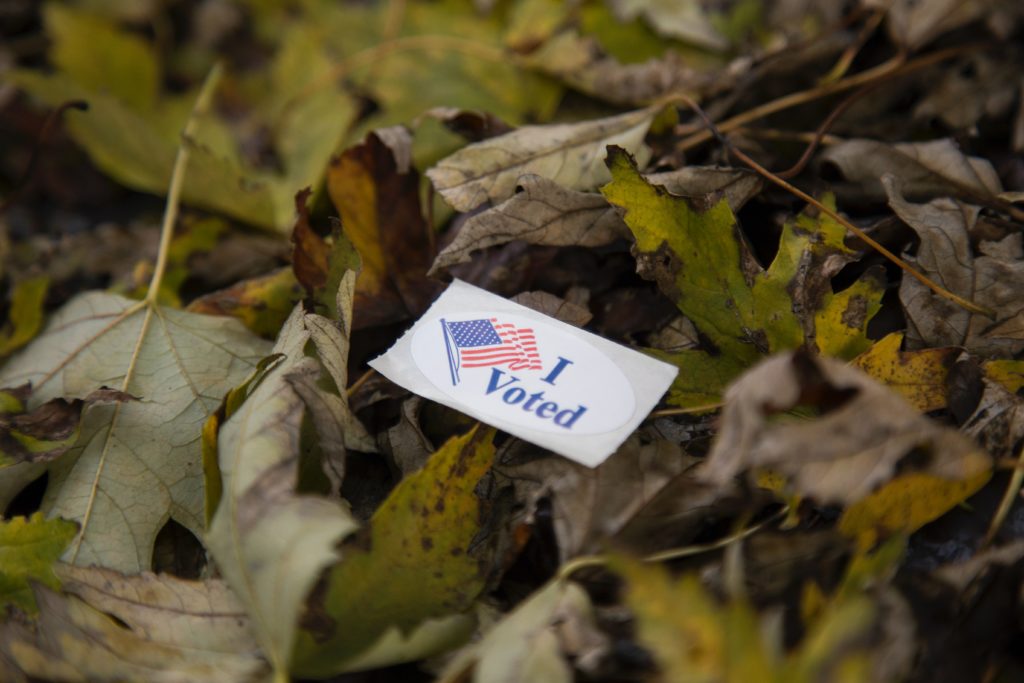 By Johan Soto
By Johan Soto
A voting trend to uproot the electoral process is sweeping the country and has made it all the way to Alaska: ranked-choice voting (RCV). While the current electoral process of one person, one vote is straightforward with little to no confusion, RCV threatens to complicate voting, ultimately disenfranchising voters and decreasing turnout.
Underlying any legitimate election is the promise of a fair and equal process for every voter. However, RCV does not guarantee such a process. With RCV, voters are asked to rank candidates from their most to least favored rather than voting for one candidate who best represents their values. If no candidate receives at least 50 percent of first-preference votes, the candidate with the fewest first-preference votes is eliminated from contention. For the ballots with that candidate ranked first, the second-choice candidate is then included in the vote tabulation. This process of eliminating the least popular candidates continues until one candidate has received a majority of the remaining votes cast. Unsurprisingly, this convoluted process leads to various adverse consequences for voters.
First is the confusion RCV creates for voters. For many, RCV is a new concept, and it increases the potential for voters to make mistakes. Proponents argue that this is a temporary inconvenience and that a program to educate the public would eventually resolve this. However, as evidenced by Maine’s 19-page guide for RCV, these efforts may be equally confusing. Additionally, an education program only addresses the process of filling out the ballot. But a potentially more complicated and time-consuming process for voters is determining which candidates they favor the most, least, second most, and second least. Rather than supporting one candidate, they must effectively support all of them but to varying degrees. And if voters choose to abstain from supporting certain candidates, their ballots could potentially be discarded and not counted in the final tally.
The discarding of ballots, known as ballot exhaustion, is a problem inherent to RCV. As mentioned above, a voter who does not rank all of the candidates risks losing his vote to ballot exhaustion. If voters can rank up to four candidates, for example, but Mr. Smith ranks just two, both of his candidates could be eliminated through the tabulation process if they receive the fewest number of votes in the first and second rounds before one candidate receives at least 50 percent of the remaining votes. In that case, Mr. Smith’s ballot would be discarded, and he would not have a vote in the final round of tabulation, which determines the winner of the election. Also, incorrectly filled out ballots are often discarded. One study of over 600,000 ballots found that ballot exhaustion in some elections reached as high as 27 percent of the total count. Ballot exhaustion such as this disenfranchises voters and would raise concerns over the legitimacy of elections in Alaska.
Other localities that have tried RCV have already experienced this disenfranchisement. After San Francisco implemented RCV, voter turnout among black voters, white voters, younger voters, and voters without a high school education decreased. In both Oakland and Minneapolis, voters in predominately minority precincts were less likely to fully utilize their ballots, making ballot exhaustion more likely.
It should come as no surprise that in many of the districts that have tried RCV, voters have chosen to repeal it. In Aspen, Colorado, RCV was implemented in 2009, but it proved to be an unpopular and inefficient system. Just one year later, 65 percent of Aspen voters chose to repeal the system. In Burlington, Vermont, a similar response was seen after voters repealed RCV for mayoral elections in 2010. These frustrations can still be seen today in states such as Maine where there is an ongoing effort to repeal RCV.
Ultimately, other cities and states should serve as an example of the complications that arise from implementing RCV. It is critical for our country that elections maintain their integrity, and disenfranchising voters through RCV accomplishes the opposite. All Alaskans deserve to have their votes counted. To learn more about RCV visit ProtectMyBallot.com.
**********
Johan Soto is the Fall 2020 Policy Analysis Intern at Alaska Policy Forum. He is currently studying nuclear science and engineering at the Massachusetts Institute of Technology.
 By Johan Soto
By Johan Soto